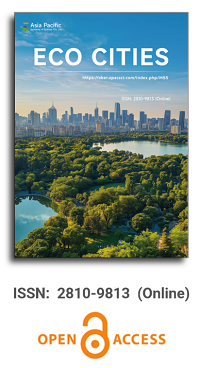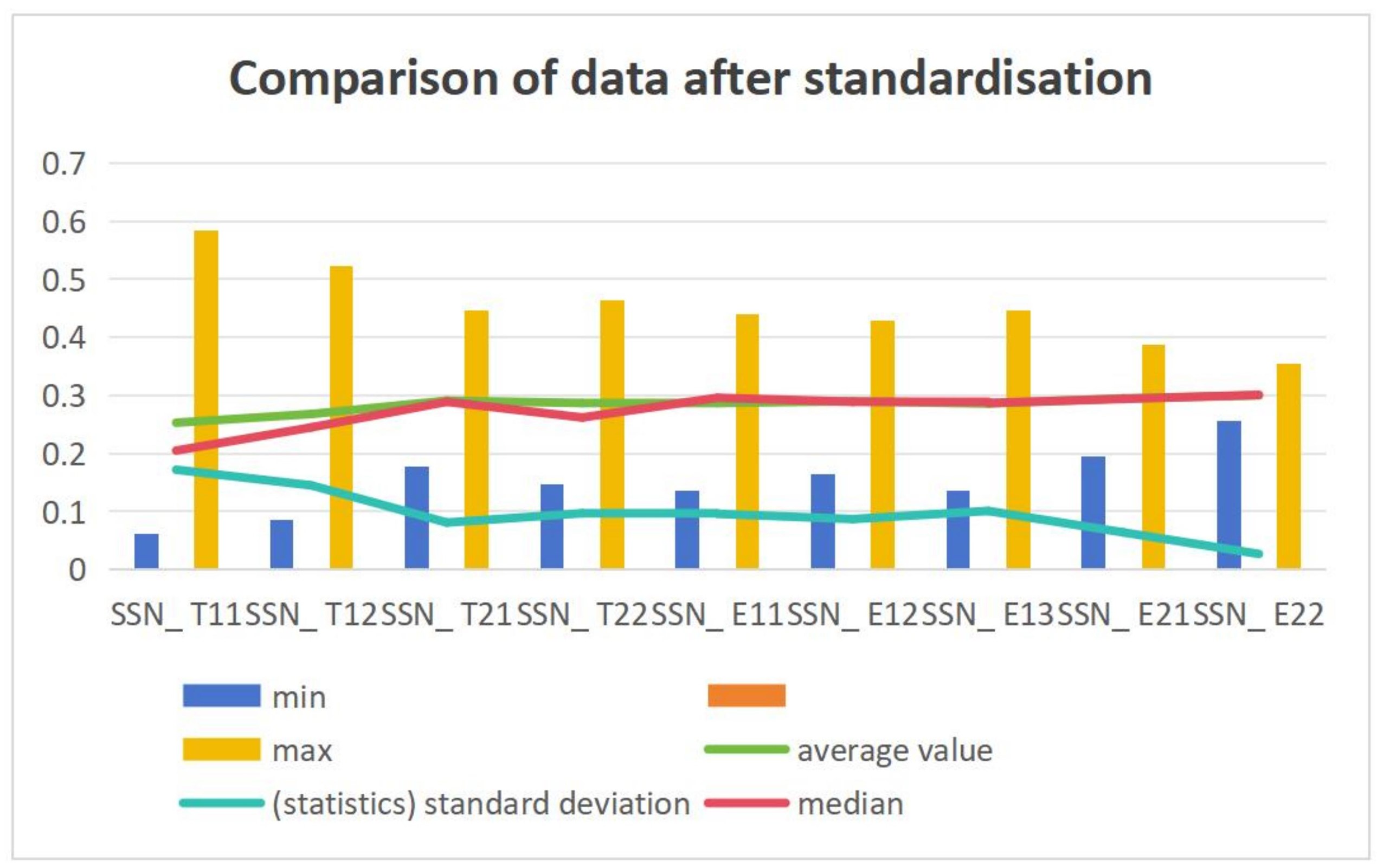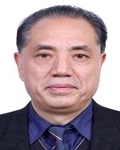


The contribution of urban climatology is the introduction of sustainable eco city development knowledge of the capital ministry, Katamaka Province, Argentina
Vol 2, Issue 2, 2021
Download PDF
Abstract
Temperature is one of the meteorological variables that can best represent the climate of urban areas. It shows obvious sensitivity to urban growth and expansion, resulting in the so-called urban heat island. “Urban climatology has made remarkable progress in dealing with problems in the process of urbanization”[1]. It serves elements such as learning contents and initiatives for environmental order or climate comfort suggestions. In recent years, the development trend of ecological cities has been greater, which aims to follow the ecological principle. As a new way of sustainable development, there is more vegetation to balance the heat regulation of the city. Using different statistical data from meteorological stations, data recorder button measurement data, and temperature and humidity sensor data with an environmental probe, a hot city comparison between the capital and adjacent rural and semi-rural areas is carried out. These data have produced the results of encouraging sustainable development initiatives. This has led to better population habitat conditions for the next generation over the years.
Keywords
References
- Oke TR. Boundary layer climate. London: Mathuen and Ltd. Press; 1992. p. 372.
- Oke TR. City size and the urban heat island. At-mospheric Environment 1973; 7: 769–779.
- Ferreyra A, Vivas AM. Importancia del Servicio meteorológico urbano (unca) en el conocimiento del clima de san Fernando del Valle de Catamarca. (Spanish) [Importance of the Urban Meteorological Service (unca) in the knowledge of the climate of San Fernando del Valle de Catamarca]. Biología en Agronomía 2013; 3(2): 78–87.
- Capelli de Steffens AM, Piccolo MC, Campo de Ferreras AM. Clima urbano de Bahía Blanca (Spanish) [Urban climate of Bahía Blanca]. Revista Universitaria de Geografía 2006; 15(1): 183–186.
- Hughes B. Influencias urbanas en las tendencias de Tº sudafricanas (Spanish) [Urban influences in South African Tº trends]. International Journal of Climate 2015; 16: 935.
- Cook E, Bird T, Peterson M, et al. Climatic change in Tasmania inferred from a 1089-year tree-ring chro-nology of Huon pine. Science 1991; 253: 1266–1268.
- Magee N, Curtis J, Wendler G. The urban heat island effect at Fairbanks, Alaska. Theoretical and Applied Climatology 1999; 64: 39–47.
- Wypych S, Bokwa A. Urban heat island effect [In-ternet]. Krakow: Jagiellonian University; 2004. Available from: www.urbanheatislands.com.
- Polimeni CM. Condiciones climáticas y microclimáticas del Gran Mendoza. Identificación y génesis de la isla de calor urbana. Análisis termofisiológico (Spanish) [Climatic and micro-climatic conditions of Greater Mendo-za—Identification and genesis of the urban heat is-land] [PhD thesis]. Mendoza: Universidad Nacional de Cuyo; 2000. p. 193.
- Picone N, Campo AM (editors). Variaciones es-tacionales de la isla térmica en la ciudad de Tandil (Spanish) [Seasonal variations of the thermal island in the city of Tandil]. IX Jornadas Nacionales De Geografia Fisica en Bahia Blanca; 2012 Apr 19–21; Bahía Blanca. Mendoza: Instituto de Geografía; 2012. p. 99–106.
Supporting Agencies
Copyright (c) 2021 Uriel Flores, Belén Fernández, Dana Navarro
License URL: https://creativecommons.org/licenses/by/4.0

This site is licensed under a Creative Commons Attribution 4.0 International License (CC BY 4.0).

Chinese Academy of Sciences, China
Indexing & Archiving
Asia Pacific Academy of Science Pte. Ltd. (APACSCI) specializes in international journal publishing. APACSCI adopts the open access publishing model and provides an important communication bridge for academic groups whose interest fields include engineering, technology, medicine, computer, mathematics, agriculture and forestry, and environment.



.jpg)

.jpg)



